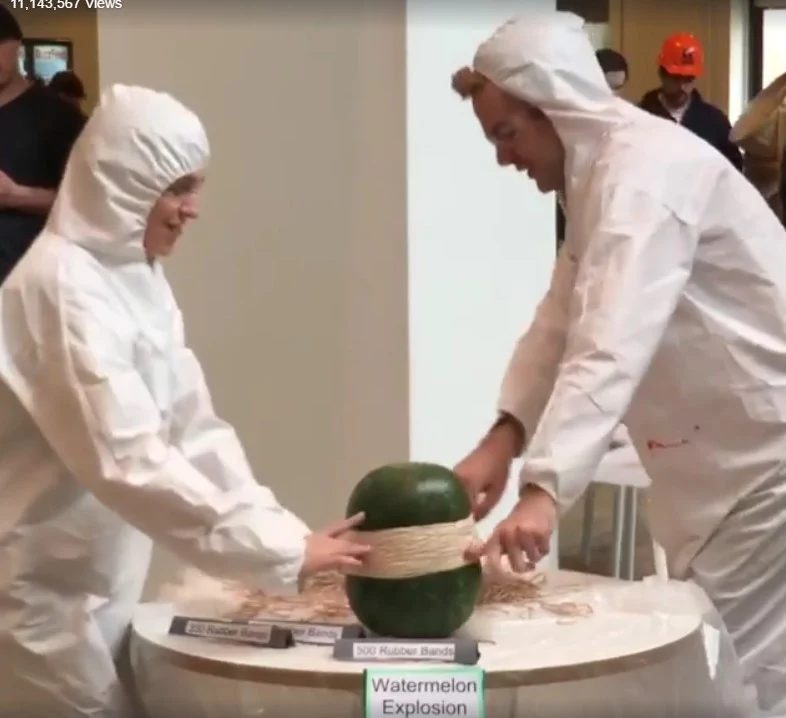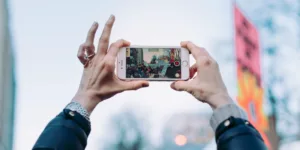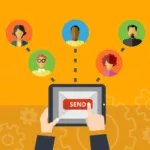When Facebook Live launched in August 2015, many inside the company were skeptical of its chances of success. After all, platforms like Periscope and Meerkat already had a head start. Nevertheless, after the first video — featuring Dwayne “The Rock” Johnson — went live, support was off the charts.
Now that the rollout is complete, many celebrities and businesses have started to use Live in their own marketing campaigns, with great success. But what is it about Facebook Live that makes it such a marketing powerhouse? Here are six ways companies are leveraging Live to transform their marking game.
Giving Inside Peeks
One game-changing aspect of Facebook Live is that it enables companies to show their inner workings in an organic manner. For example, take Dunkin’ Donuts Valentine’s Day campaign. To kickstart it, Dunkin’ used Facebook Live to give fans an inside peek into its kitchens.
The show shadowed one of the culinary teams as it constructed a cake from heart-shaped donuts and announced a contest where couples could share their proposal stories for a chance to win a cash prize. By the end of the stream, Dunkin’ had over 21,000 viewers, making the Live portion of its campaign a rousing success.
Companies looking to get into Live can learn a lot from this video. Dunkin could have just make its first video a factory tour, but instead it built hype by highlighting a seasonal event and offering viewers an exclusive peek at its contest, giving people an incentive to keep watching.
Offering Unique Content

No study on Facebook Live would be complete without mentioning BuzzFeed’s famous watermelon-splitting episode. The premise was simple. BuzzFeed’s staff took a watermelon and tested how many rubber bands it could wrap around it before it exploded. By the end of the 44-minute broadcast, it had more than 800,000 simultaneous viewers. An amazing feat for a show filmed on an iPhone.
So how can you keep viewers engaged for so long? Simple — keep them hooked. While BuzzFeed’s watermelon video wasn’t strictly relevant to the listicle articles that made it famous, every rubber band added gave viewers a reason to stay. Once they invested some time, viewers felt compelled to stay until the very end. So in your next video, incorporate an element of suspense, and save the reveal for the very end.
Posting Micro Updates
Rather than offer a long video, some content creators opt to post one or two short videos a day. For example, take Guy Kawasaki, who uses Live to share daily tips and updates with his viewers. These short videos offer quick bites of information and give viewers incentive to check back every day.
Small-business owners may want to use micro updates to show viewers progress on a project or renovation. Every morning you could engage viewers by hosting a short stream highlighting yesterday’s work and forecasting today’s development. For a novel engagement, café and restaurant owners could use this feature to promote that day’s specials, rather than just posting a picture. Once you get into it, you’ll find micro updates both fun and flexible.
Hosting a Q&A
One of Facebook Live’s main features is that it allows you to engage your audience in real time. Building a relationship with customers is integral to your business, and what better way to do that than host a question and answer session?
Take Facebook CEO Mark Zuckerberg’s first Live Q&A. During the 43-minute broadcast, Mark answered questions from viewers and brought on surprise guest Jerry Seinfeld. The two took advantage of the time to further engage viewers and discuss each other’s projects and goals.
Streaming Events
One of the great ways companies are using Facebook Live is to stream their special events to viewers. Memorably, Tough Mudder used Live to stream a training event with Coach T. Mud. During the stream, he ran through the event and offered commentary on what runners could expect.
Since Tough Mudder events are physical in nature, the stream allowed the company to involve non-locals and introduce interested parties to what they can expect. Taking on this strategy will help drive traffic to a site and attract new visitors. Using Facebook Live in this way is fantastic for engaging people you know are interested but who can’t make it to your event.
Educating the Audience
Are you an industry expert on a particular topic, or do you want to clear the air about a misconception regarding your products? Similar to a question and answer session, Facebook Live can educate your audience.
For example, part of the point-of-care company Physician’s Weekly’s business is to provide continuing education classes to physicians. Since its user base already used Facebook daily, the company collaborated with Advancing Knowledge in Healthcare and Dr. Zubin Damania to provide a CME course using Facebook Live.
Over the course of 39 minutes, Dr. Zubin — also known as ZDoggMD — gave viewers insight on how they could understand patients’ reasons for medical decisions. Facebook Live allowed viewers to post questions and get replies from ZDogg in real time. The course had over 34,000 individual viewers.
It’s understandable Facebook Live had its skeptics when it first launched. After all, livestreaming was an unexplored field for Facebook. But once it got a foothold, it’s proven itself to be a marketing powerhouse. So why not take a chance and try it for your next campaign? With the right mix, you may see more success than ever before.
Author bio: Lexie Lu is a freelance designer and blogger. She keeps up with the latest design trends and always has some coffee in arm’s reach. She writes on Design Roast and can be followed on Twitter @lexieludesigner.








